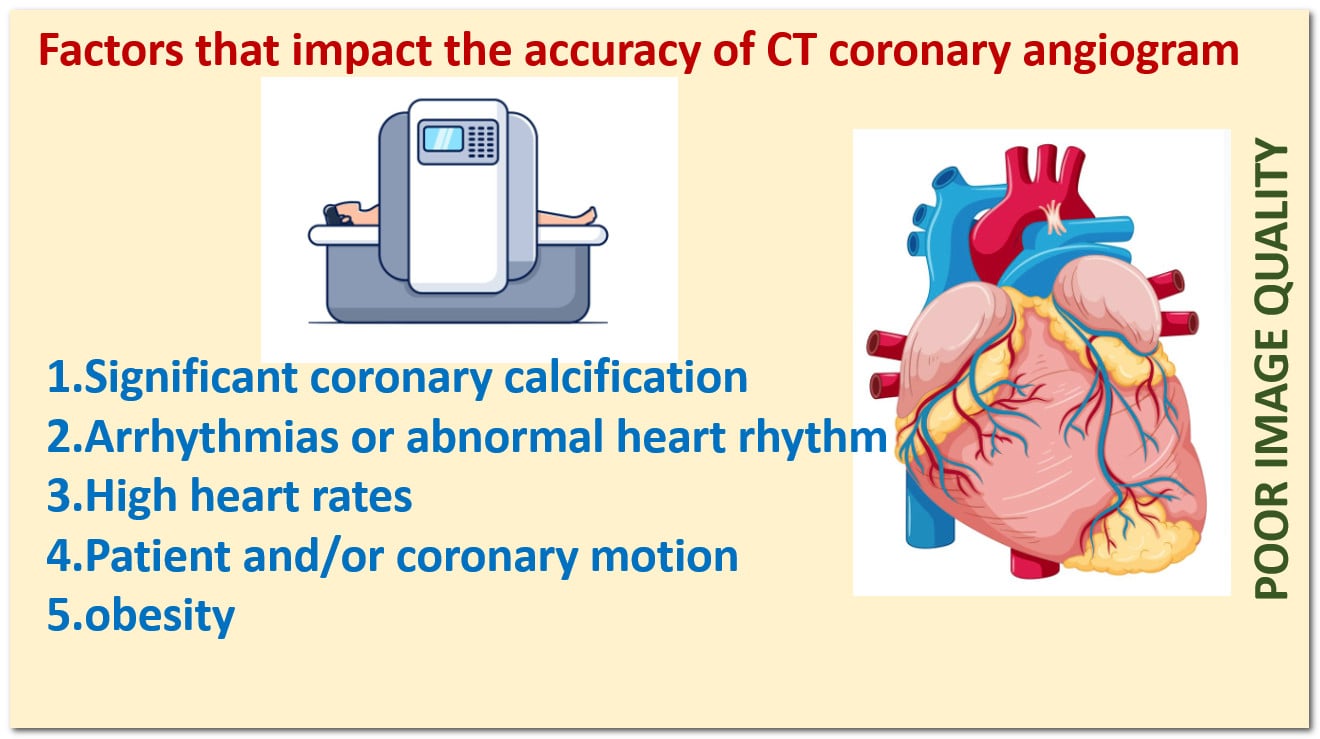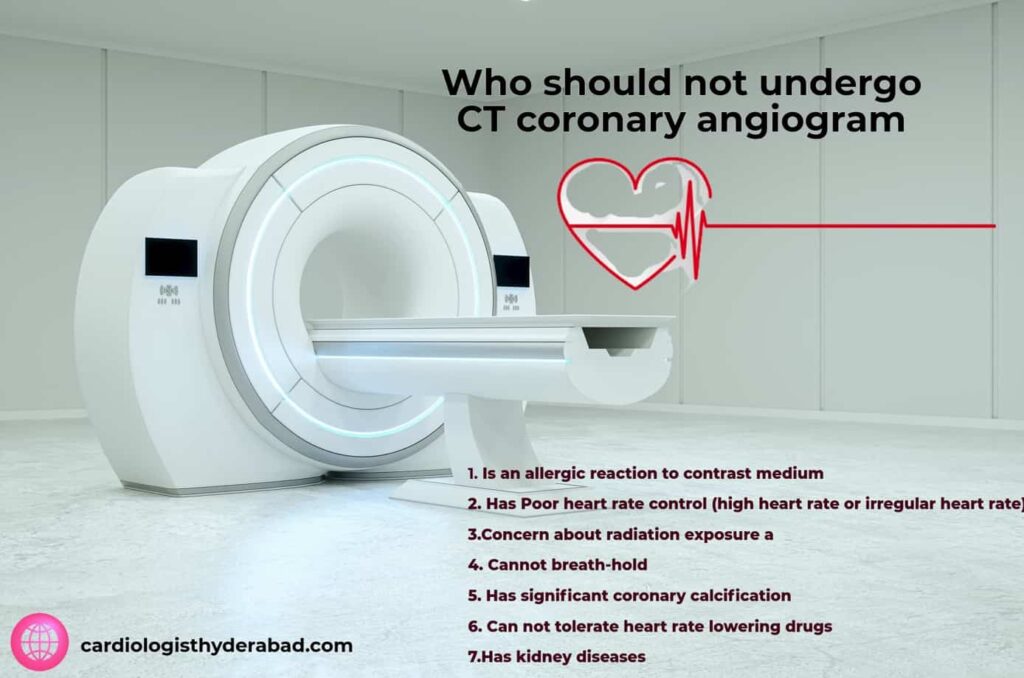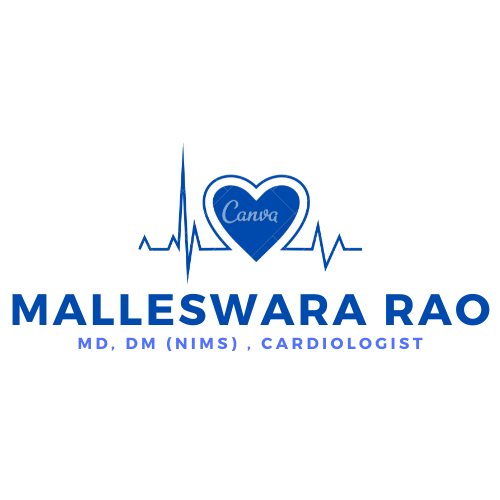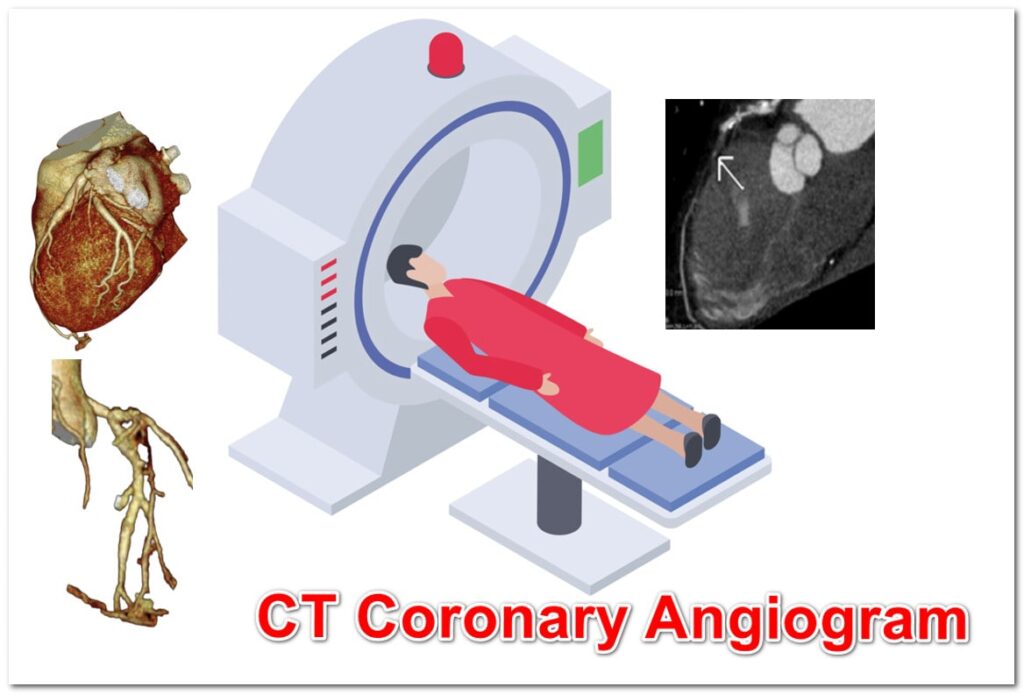A CT coronary angiogram is a diagnostic imaging test that uses X-rays to create an image of your coronary arteries. The coronary arteries are the blood vessels that supply oxygenated blood to the heart muscle itself. Because coronary artery disease (also known as CAD) can lead to myocardial infarction, heart failure, and death, it is essential to understand how it is diagnosed and what you can do to prevent it from happening to you. With a CT coronary angiogram, your physician uses X-rays from a CT scan machine and imaging technology to perform tests that help diagnose your condition by visualizing your coronary arteries, giving them the information they need to deliver treatment options that are right for you.
A CT coronary angiogram, also known as CT coronary angiogram, is used to diagnose coronary artery disease (CAD), which involves narrowing the arteries that supply oxygen-rich blood to the heart muscle (myocardium). This enables doctors to directly view the inside of the heart and get pictures of the narrowed arteries without inserting a long tube into your body.
What is a Computed tomography coronary angiography?
A coronary angiogram is a diagnostic imaging test that uses X-rays to create an image of your heart. It allows doctors to see how well your heart is receiving the blood and whether there are any blockages, called stenosis, in any of your coronary arteries. A CT Coronary Angiography (also known as a cardiac CT angiogram) is a non-invasive way to visualize coronary arteries. Hence known as non-invasive angiography of the heart.
What happens before you have a CT coronary angiogram?
The ct angiography heart, or CTA, is a type of test that uses X-rays to create images of your heart and blood vessels. If you’re going to have one, you’ll need to go through a certain recommendation.
- You are asked not to eat or drink anything for 6 to 8 hours before CT coronary angiogram.
- You will be informed to come without jewelry.
- You will be given a few medicines before the test for better image quality.
Beta-blockers or other drugs that can slow down your heart rate are routinely given before a cardiac ct angiogram, especially if your heart rate is above 70 bpm.
Nitroglycerine is the other medicine given which improves blood flow to the heart.
Sedatives are given to keep you relaxed if you are afraid of closed space (a CT scan room is a closed space with no one except you)
How is a computed tomographic coronary angiogram done?
A computed tomographic coronary angiogram (or CT coronary angiography) is a non-invasive medical test that creates images of blood vessels in your heart.
An intravenous cannula is kept in the form arm by a staff nurse. This is to give contrast.
You are asked to lie down on the CT scan table. You will have to lie still on a hard table while lying inside of a doughnut-shaped machine called a gantry.
You are connected to an ECG monitor through sticky pads attached to your body( electrodes).
Then, you will receive an injection of contrast dye, which travels through your bloodstream to all parts of your heart and helps determine how well your heart is receiving the blood. A contrast medium is used to make your blood vessels visible on a CT scan. Once you’ve been injected with a contrast medium, The doctor will use a special X-ray machine called a CT scanner to create cross-sectional images of your heart and its blood vessels.

Importance of hydration
You need to drink plenty of fluids after CT coronary angiography. This reduces your risk of contrast-induced nephropathy. Intravenous hydration should also be maintained before CT coronary angiography if you have kidney disease.
Avoid caffeine and smoking before the test.
Caffeine and smoking increase the heart rate. High heart rate produces sub-optimal results during CT coronary angiography.
Uses of CT coronary angiogram
- Diagnosis of coronary artery disease (CAD)
- Diagnosis of restenosis in previous heart stents (Post-PTCA patients)
- Evaluation of patency of coronary bypass grafts ( Post-CABG patients)
Results of CT coronary angiography
Radiologists are the specialist doctor who reports CT coronary angiogram.
- He looks for Anomalies of coronary arteries like abnormal origin, abnormal origin, and abnormal course.
- He also mentions whether the coronary system is a right or left the dominant system. 75% of people have the right dominance.
- He also reports abnormal coronary dilatations (aneurysms) with their location, size, and number.
- CT coronary calcium score
- Finally, the most important part of CT coronary angiography, stenosis or blockages in the coronary arteries, is also described below.
Reporting regarding coronary stenosis is given as
- Location of stenosis
- Number of blockages
- The severity of stenosis in percentage
- The character of the coronary plaque
- Length of stenosis
Grading of CAD is often graded based on the severity of stenosis
- Normal
- Mild (< 50%),
- Moderate (50–70% stenosis)
- Severe (>70% stenosis)
- Occluded (100% stenosis)
- Calcium score (if performed)
Based on the Length of stenosis
- Diffuse- long segment narrowing ( more than 20 to 25 mm)
- Focal- short segment narrowing
Based on the circumference of stenosis
- Eccentric or asymmetric narrowing
- Concentric or symmetric narrowing
Coronary stenoses are often calcified based on the character or morphology as
- Stable plaque, vulnerable plaque, or mixed plaque
- non-calcified plaque or Calcified plaque
Indications for computed tomographic coronary angiogram
CAD has two types of presentations
- Chronic or long-standing ( stable or non-emergency)
- Acute or sudden ( Unstable or emergency)
Chronic or long-standing CAD (also known as chronic stable angina) is diagnosed by
- History
- Stress tests like tmt test or stress echo, or nuclear stress
It is confirmed by ct angio heart or CAG
Acute or sudden CAD, known as ACS or acute coronary syndrome, is diagnosed by
- History
- ECG and 2d echo test
- Troponin or serial troponin
It is confirmed by CT coronary angiogram or CAG
( NOTE – Acute coronary syndrome: Acute myocardial infarction, Unstable angina, Non-ST elevation myocardial infarction)
The current best practice guidelines from the American College of Cardiology (ACC)/American Heart Association (AHA) state that CT coronary angiography should be considered in patients with any of these diagnoses.
1. Patients with stable symptoms who do not have previously established CAD
- CT coronary angiogram is an alternative diagnostic test to stress tests or invasive coronary angiography
- As an alternative to invasive coronary angiography when stress test results are non-diagnostic or equivocal.
- As preoperative evaluation for non-cardiac surgery
2. Patients with acute symptoms with suspected ACS ( NSTEMI and unstable angina, not STEMI)
- Low-risk patients with normal or inconclusive troponin and ECG
CT coronary angiogram in patients who have already undergone heart stent surgery ( PTCA or PCI)
A stent in the heart can create artifacts on CT coronary angiogram images. This can obscure a portion of the coronary lumen within the stent. This leads to erroneous reporting. Extensive coronary calcification is often present in such patients. This also limits the utility of CT coronary angiogram.
CT coronary angiogram in patients who have already undergone CABG ( open heart surgery)
Bypass grafts are the conduits that are connected across the stenosis at the time of surgery. These grafts are also prone to narrowing.
CTA is an excellent tool for evaluating the patency of such grafts. These grafts lack calcification and motion, which are ideal for CT coronary angiogram. However, as post-CABG patients are expected to have highly calcified blockages in their native vessels, CT coronary angiogram is not accurate for them. A high CT calcium score forbids them from interpretation.
CT coronary angiogram should not be performed in patients with ongoing chest pain since transporting them is risky.
Advantages of CT coronary angiogram over standard CAG
- It is non-invasive
- It is simple
- It is quick
- Less expensive ( but does not cover under insurance in India)
- Fewer risks, especially when compared to standard CAG done through the groin
Disadvantages of CT coronary angiogram over standard CAG
- Not suitable for everyone like patients with high heart rate or irregular heart rate, obese patients, those who can not breathe-hold, etc.
- Artifacts are common
- Less accurate for patients who already underwent PTCA
- Less accurate for highly calcified vessels
- Can not treat the lesion at the same time

Advantages of standard CAG over CT coronary angiogram
- It can be done to all patients irrespective of heart rate, heart rhythm, and body size
- Can treat the stenosis at the same time
- Gold standard- more accurate
- No artifacts
Disadvantages of standard CAG over CT coronary angiogram
- Invasive
- More painful
- Need admission to the hospital
- Marginally expensive
Ideal candidates for CT coronary angiogram are
- Those not interested in an invasive CAG
- Those at higher risk for complications of invasive CAG (such as patients with severe peripheral artery disease)
- Those in whom the suspicion for CAD is not high
- Post-CABG patients for graft patency
- Who has no contrast allergy
- Who can achieve a slow, stable heart rate at the time of scanning
- Who can follow breath-hold instructions
- Who does not have known significant coronary artery calcification?
Contraindications for computed tomographic coronary angiogram
CT coronary angiography is contraindicated in patients with
- Prior history of allergic reaction to contrast medium
- Patients who have poor heart rate control (having high heart rate or irregular heart rate)
- Concerns about radiation exposure and its sequelae like cancers
- Patients who cannot breath-hold
- Patients with known significant coronary calcification ( deposition of calcium in the blockages)
- Patients who can not tolerate medicines that lower the heart rate (e.g., beta-blockers) when their heart rate is high
- Kidney diseases

Factors that may negatively impact the accuracy of CT coronary angiogram
During CT coronary angiogram scans, artifacts are common and can occur for several reasons. These artifacts may mimic pathology and lead to erroneous reports. They degrade the image quality and make the test non-diagnostic or inconclusive.
Various reasons for Imaging artifacts are:
- Significant calcification in coronary arteries
- Arrhythmias or abnormal heart rhythm where the heart beats irregularly or quickly
- Patient and/or coronary movement
- Obesity
Cost of computed tomographic coronary angiogram in Hyderabad
The average cost of a CT coronary angiogram is between ₹ 12,000 and ₹ 16,500 in Hyderabad, India. This can vary depending on factors like geographic location and the type of hospital or diagnostic center. As health insurance doesn’t cover a particular test in India, you could pay as much as ₹16,500 or more out-of-pocket.
64 slice ct vs. 320 slice ct for CT coronary angiography
CT coronary angiogram is possible with ct scan with more than 64-slice. 256- and 320-slice CT offers reduced radiation dose and provides significantly improved and more stable image quality when compared to 64-slice CT. CT coronary angiogram can be completed in a single heartbeat with an advanced machine. So CT coronary angiography can be done even with an irregular heartbeat.
CT coronary angiography risks or side effects
- Radiation toxicity
- Contrast-induced nephropathy (<1 percent)
Contrast-induced nephropathy or CIN with CT coronary angiogram
Dye given during the test can sometimes damage the kidneys. It leads to elevation of creatinine. Few patients with contrast-induced nephropathy need dialysis also.
Ways to prevent CIN
- Drink plenty of fluids
- Avoid Pain killers or other drugs that can damage kidney
- Your doctor may advise normal saline injection to prevent CIN

Radiation with CT coronary angiogram
Radiation doses during CT coronary angiogram can be as low as 0.1 millisieverts (mSv). Radiation is low with 256 slice CT when compared to 64 slice CT.
Amount of contrast for CT CAG
Contrast doses needed for CT coronary angiogram are less than 75 mL -100 ml. The risk of CIN is less with that much contrast.


Pingback: HEART HEALTH CHECK-UP PACKAGES IN HYDERABAD - ECG 2D ECHO TMT CARDIOLOGIST HYDERABAD
Pingback: ELECTROCARDIOGRAM TEST IN TELANGANA - ECG 2D ECHO TMT CARDIOLOGIST HYDERABAD
Pingback: Left-hand pain – 10 Reasons you should know -
Pingback: The Cost of TAVR procedure In Hyderabad - CARDIOLOGIST HYDERABAD
Pingback: Coronary angiogram cost in Hyderabad - Dr. Malleswara Rao
Pingback: Treadmill Stress Test: The Complete Guide for heart patients -
Pingback: CT Coronary Calcium Score Test For The Heart in Hyderabad: A Cardiologist Perspective